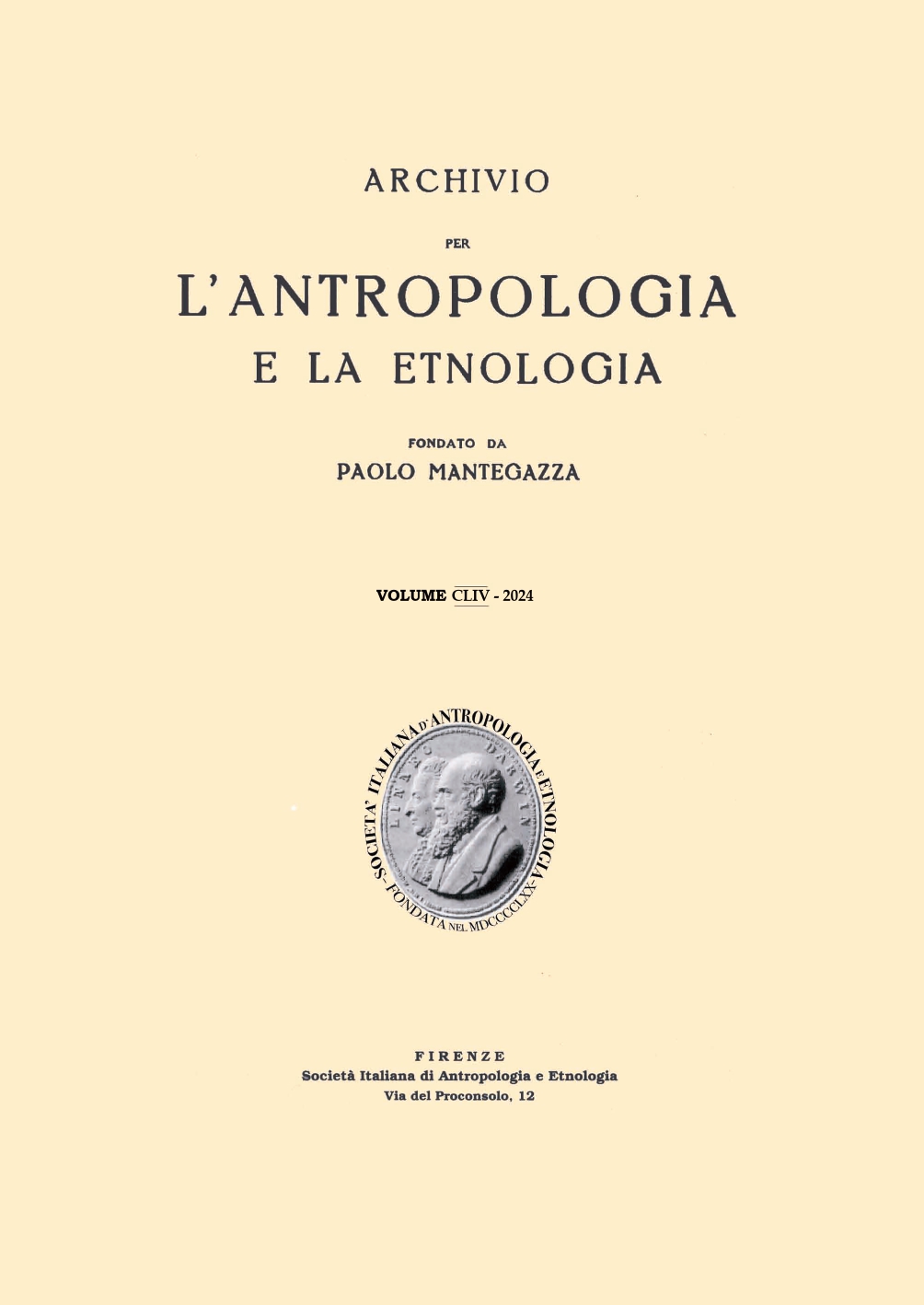Severe gout and its treatment in an early 18th century Southern German monk: palaeopathology and archaeology

Published 2024-11-19
Keywords
- chronic hyperuricaemia,
- renal failure,
- «fontanele»,
- monastic communities,
- Germany
How to Cite
Copyright (c) 2024 Andreas G. Nerlich, Stephanie Panzer, Bernhard Hack, Oliver K. Peschel, Raffaella Bianucci

This work is licensed under a Creative Commons Attribution 4.0 International License.
Abstract
Following the restoration of the crypt of the Attel monastery in Southern Germany, the human remains of 16 out of 40 monks were exhumed and underwent anthropological and palaeopathological investigations. These skeletal remains were of individuals who lived between 1700 and 1750 CE. In some cases, thanks to the documentary sources, it was possible to identify individual monks and partially reconstruct their biographies and lifestyles. This situation in particular, applied to Gregorius Lechner (1672-1732 CE), Oeconomus major of the monastery. He was affected by severe gout, as shown radiographically (X-ray and CT-scan). Our findings were corroborated by the archival documents, which indicate that at the time of his death Gregorius Lechner was affected by gout and dropsy. Acute renal failure was the ultimate cause of his demise. Very interestingly close to his right arm, a typical «fontanela» plate, used to treat gout in the 18th century, was also found. The presence of this instrument found in close contact with the remains of a gouty Gregorius Lechner confirms its use in 18th century medical practice in Southern Germany.
